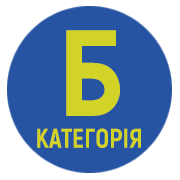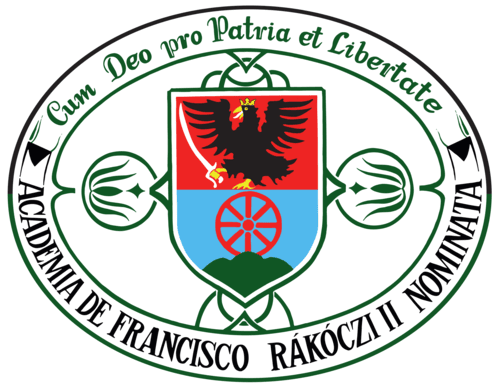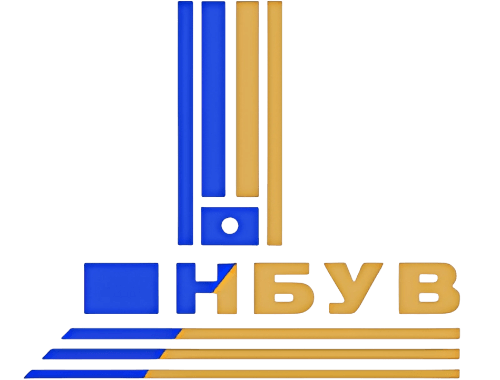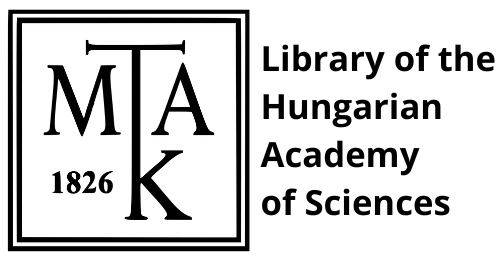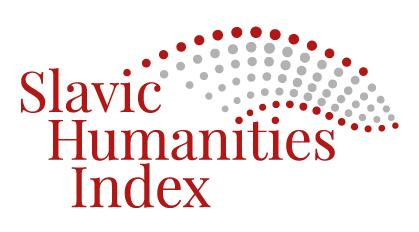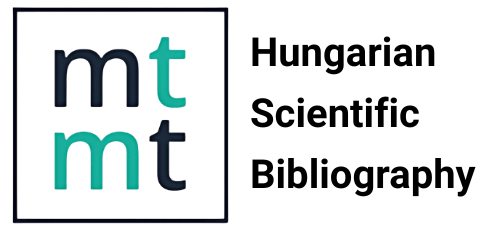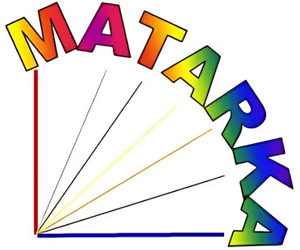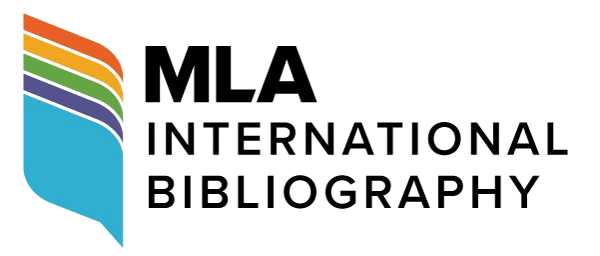The genre of animalistic stories in short prose by Bohdan Lepkyi
DOI:
https://doi.org/10.58423/2786-6726/2024-1-152-165Keywords:
modernism, short prose, animalistic story, animal character, fairy tale, allegoryAbstract
The article analyzes the development of the genre of the animalistic story in the work of one of the most famous representatives of early Ukrainian modernism - Bohdan Lepkyi. It was found that the end of the 19th - the beginning of the 20th centuries was an era of radical renewal of European, including Ukrainian literature, a time of changes in artistic thinking and perception of the world, when there was an active expansion of the themes and problems of short prose, and artists paid attention not only on the inner world of a person, but also made attempts to penetrate into the soul of "our little brothers".
It has been observed that two main types of prose samples can be conventionally distinguished in the world animalistic literature: 1) works where completely realistic animals are depicted, their way of life, behavior and thinking are presented believably; 2) works where animals embody various forces of nature or qualities and character traits of people are mainly conventional figures and perform a certain symbolic or allegorical role (such works are close to the genre of fairy tales, legends, parables, etc.).
It has been analyzed that works about animals are also found in Ukrainian literature at the turn of the century (I. Franko, Lesia Ukrainka, as well as Bohdan Lepkyi). In the short stories of Bohdan Lepkyi, two works were found where animals are the protagonists: the story "Barefoot", written in the early years of the 20th century, and "The Mouse", created during the First World War. In the analyzed stories,
- Lepkyi depicts animals from the "home" space common in the fairy-tale tradition: a dog and a mouse.
It was found that in the story "Barefoot" the author tried to convey the lifestyle, behavior and preferences of the dog as accurately as possible, to reveal his way of thinking. At the same time, the finale of the work testifies to the allegorical nature of both the image of the owner of the dog, which is the personification of human cruelty in the treatment of animals, and the image of the central character (the dog), which embodies the inability of an individual who has spent his whole life in captivity, to take advantage of freedom, to find his place in the unknown and often to a hostile world.
It is concluded that in the fairy tale "The Mouse" B. Lepkyi resorts to fairy tales as a feature of the poetics of the work. The manner of presentation is condensed and allegorical, built on contrast. If in "Barefoot" the reader gets to know the character of the dog through numerous small episodes, then in "The Mouse" the novelist brings one event into the spotlight. The work expresses the opinion that war is a terrible tragedy that brings pain, grief and suffering to people. The main animal character of the work has a conventional character and is the embodiment of good, which must necessarily defeat evil, punish or teach it.
It was concluded that B. Lepkyi's work contains animalistic stories of various types, which indicates the development of Ukrainian prose of the modernist era in the context of world literature, where works about animals gained more and more popularity. The first type of animalistic story by B. Lepkyi (the work "Barefoot") is characterized by a reliable depiction of an animal's lifestyle, an attempt to realistically convey its behavior and way of thinking, in particular in interaction with people. The second type (the work "Mouse") is characterized by the use of fairy tales as an aesthetic code and the depiction of animals as allegorical figures. Their behavior is conditional and reflects certain qualities and traits of a person.
References
Burkalets Nataliia, 1999. Poetyka maloi prozy Bohdana Lepkoho [Poetics of short prose by Bohdan Lepky]: avtoreferat dysertatsii. na zdobuttia nauk. stupenia kand. filol. nauk. Kyiv.
Yevmenenko Olena, 2010. Ukrainska literaturna kazka pershoi polovyny ХІХ stolittia [Ukrainian literary fairy tale of the first half of the 19th century]. Visnyk Mariupolskoho derzhavnoho universytetu. Seriia: Filolohiia 2/4. S.37 -
(In Ukrainian).
Zushman Mykhailo, 2007. Mala proza Bohdana Lepkoho v konteksti zakhidnoukrainskoi novelistyky kintsia ХІХ – pochatku ХХ stolittia [Bohdan Lepky's short prose in the context of Western Ukrainian short fiction of the late 19th and early 20th centuries]: Avtoreferat na zdobuttia naukovoho stupenia kandydata filolohichnykh nauk. Kirovohrad. (In Ukrainian).
Kutsa Olha, 2012. Kazkovist yak estetychnyi kod «Kazky moioho zhyttia» Bohdana Lepkoho [Fairy tale as an aesthetic code of "Tales of my life" by Bohdan Lepky]. Naukovi zapysky TNPU: Literaturoznavstvo 36. S.21-25. (In Ukrainian).
Lepkyi Bohdan, 1997. Tvory: U 2 t. [Works: In 2 volumes.] [uporiad., avtor vstup. statti ta prym. F. Pohrebennyk]. T.1: Poetychni tvory. Prozovi tvory. Memuary. Kyiv: Naukova dumka. (In Ukrainian).
Protsenko Yuliia, 2010. Spetsyfika anhliiskoi literaturnoi kazky pro tvaryn [The specificity of the English literary fairy tale about animals]: Avtoreferat dysertatsii na zdobuttia stupenia kandydata filolohichnykh nauk. Simferopol. (In Ukrainian).
Tkachuk Mykola, 2005. Modernistskyi dyskurs liryky ta novel Bohdana Lepkoho [Modernist discourse of lyrics and novel by Bohdan Lepky]. Ternopil: Ternopilskyi natsionalnyi pedahohichnyi universytet. (In Ukrainian).
URL1: The Nobel Prize in Literature 1907. Rudyard Kipling http://www.nobelprize.org/nobel_prizes/literature/laureates/1907/ (Accessed: 11- 11-2023). (In English).
Downloads
Published
How to Cite
Issue
Section
License
Authors retain copyright and grant the journal the right of first publication. The work is simultaneously licensed under a Creative Commons Attribution 4.0 International License (CC BY 4.0), which permits others to share the work with appropriate credit given to the author(s) and the initial publication in this journal.

